We explore Charles Darwin and his theory of evolution. In addition, we discuss his main characteristics and honors.
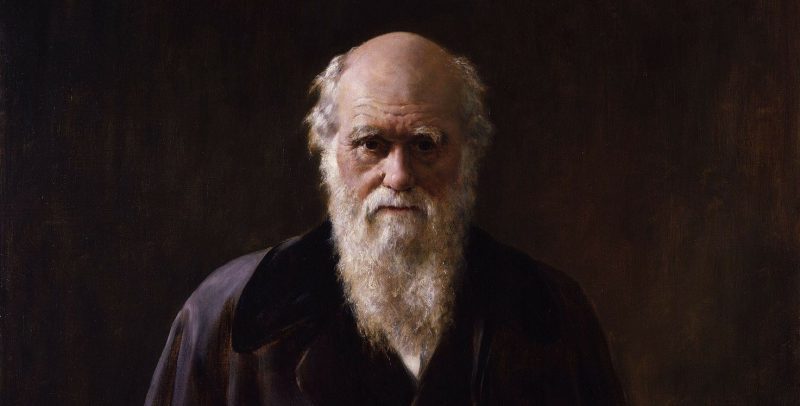
Who was Charles Darwin?
Charles Darwin was an English naturalist, born in 1809 and died in 1882, regarded as one of the most influential scientists of his era for having advanced (jointly with Alfred Russel Wallace) the concept of biological evolution through natural selection.
This idea was developed by Darwin in his 1859 book On the Origin of Species, in which he supported his views with examples drawn from his observations of nature. His theory of the origin of life would revolutionize the scientific field by introducing the concept of evolution as the main explanation and basis for modern evolutionary synthesis.
The magnitude of his theories and observations on science and culture was such that he was one of only five non-royal individuals in the 19th century to receive a state funeral in the United Kingdom and to be buried in Westminster Abbey, alongside Isaac Newton and John Herschel.
- See also: Leonardo da Vinci
Education
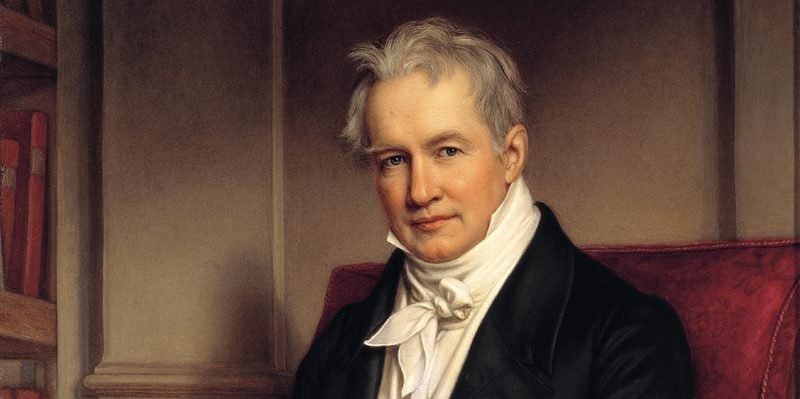
Born into a wealthy family, Darwin showed an early inclination for the Natural Sciences, a vocation he cultivated at the University of Edinburgh in the Faculty of Medicine. The works of John Herschel and Alexander von Humboldt were a decisive influence for his departure from the medical sciences and his determination to become a naturalist.
Voyage on the Beagle
At the age of eighteen, Darwin was invited to accompany Captain Robert Fitzroy aboard the Beagle on a cartographic observation and ocean current expedition that lasted five years.
This experience would prove decisive in his life, as it would provide him with detailed and long-continuous observation of the fauna and flora of regions as diverse as the Canary Islands, the Azores, Cape Verde, Brazil, Uruguay, the Islas Malvinas, the Galapagos Islands, Australia, and Cape Town (South Africa).
Travel diary

During his voyage, Darwin often made geological, zoological, botanical, and paleontological annotations, which he sent back to the university. He also kept a detailed travel diary entitled Journal of Researches into the Natural History and Geology of the countries visited during the voyage of H.M.S. Beagle round the world, where he recounts his encounters with other cultures and his appreciation of life on the planet. His time on Galapagos Islands would be particularly significant and would become so famous that in the present day it has become a tourist destination, known as "Darwin's route".
The origin of species
His magnum opus was published in 1859, entitled On the Origin of Species by Means of Natural Selection, or the Preservation of Favoured Races in the Struggle for Life. In it, Darwin explained and supported the key points of his theory on the origin of life, which can be identified in two theoretical theses:
- Descent with modification of individuals.
- Natural selection of individuals.
Theory of descent with modification of individuals
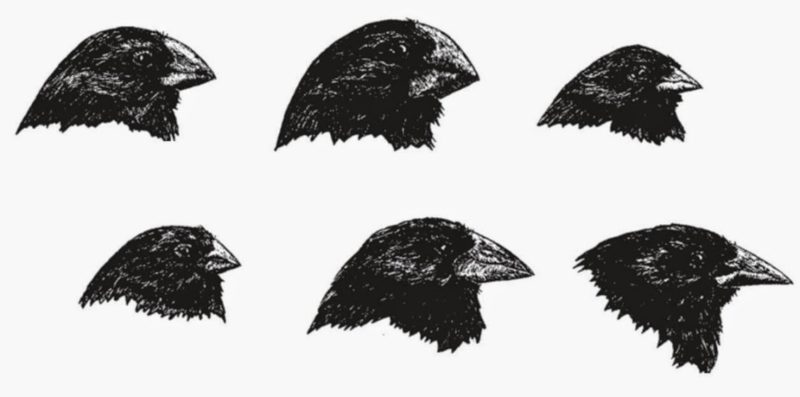
In this theory Darwin upheld the following:
- All living beings have evolved from rather simple organisms.
- All species come from preexisting species.
- New species appear gradually and take time to emerge.
- Higher classifications of living beings (taxa) evolve through the same mechanisms as single organisms.
- The extinction of living beings results from competition between species.
- The fossil record of species is incomplete. Transitional species must be missing (missing links).
Theory of natural selection
In this theory Darwin postulated the following:
- The number of individuals in a given population increases geometrically.
- The number of individuals, however, remains stable due to the fact that environmental resources are limited, and therefore not all will survive and reproduce successfully.
- Individuals that survive and reproduce differ from those that perish in variations inherited from previous individuals.
- The probability of survival and reproduction will determine which hereditary variations will be passed on to subsequent generations.
- Natural selection results in the accumulation of positive traits over negative ones, through the survival and extinction of individuals and species.
Impact
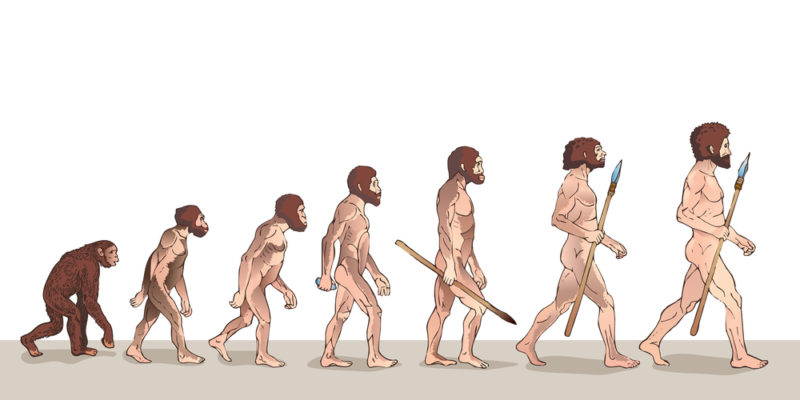
Darwin's theories marked a gigantic leap forward in the understanding of the origin of life and, particularly, in human origin. The evidence of the similarities between our species and that of certain higher primates became evident in light of his theories, which gave rise to the commonplace misconception that "man comes from monkeys". The correct conclusion would be, in fact, that man and monkey are related in evolution.
Reception
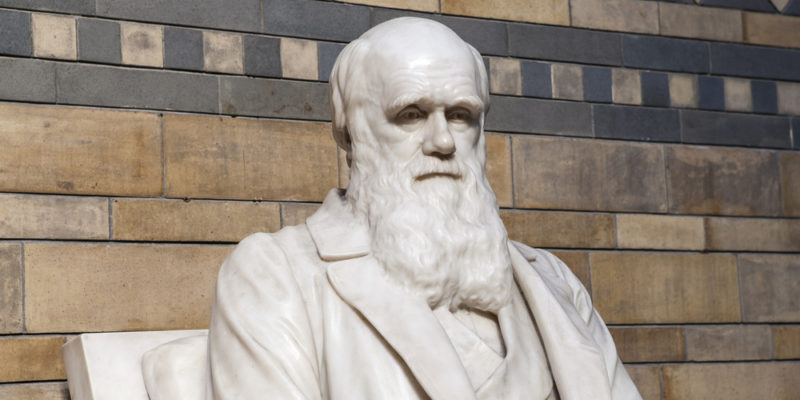
Darwin's theories were met with considerable reservation by the scientific community, which questioned many of his terms such as gradualism, and even more so by the religious community, which saw it as an attack on the religious theory of creationism. A famous caricature of Darwin depicted him as a monkey, mocking his deductions regarding the origin of man.
Non-biological applications
Darwin's theories on the prevalence of some species over others (the survival of the fittest) have been taken out of context and applied to other fields of life, such as economics and politics.
One such instance is social Darwinism, as proposed by Nazi Germany: Darwinism would supposedly justify oppression by the powerful (fit) peoples over the weak (less fit), based on the belief that the latter should either become stronger and liberate themselves or become extinct.
Recognition of Darwin

Several botanical species bear the scientist’s last name in his honor, including A. darwinii, M. darwinianus, and P. darwinianum. In addition, craters on the Moon and Mars, and an asteroid (1991) also bear his name, as well as Darwin Island in the Galapagos, where he is believed to have stopped during his voyage.
Explore next:
Was this information useful to you?
Yes NoThank you for visiting us :)